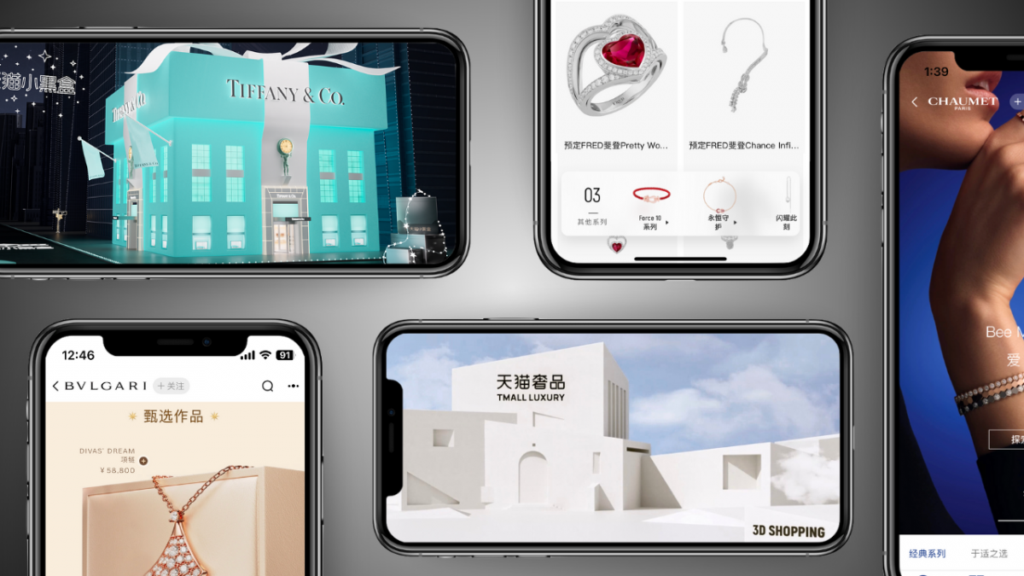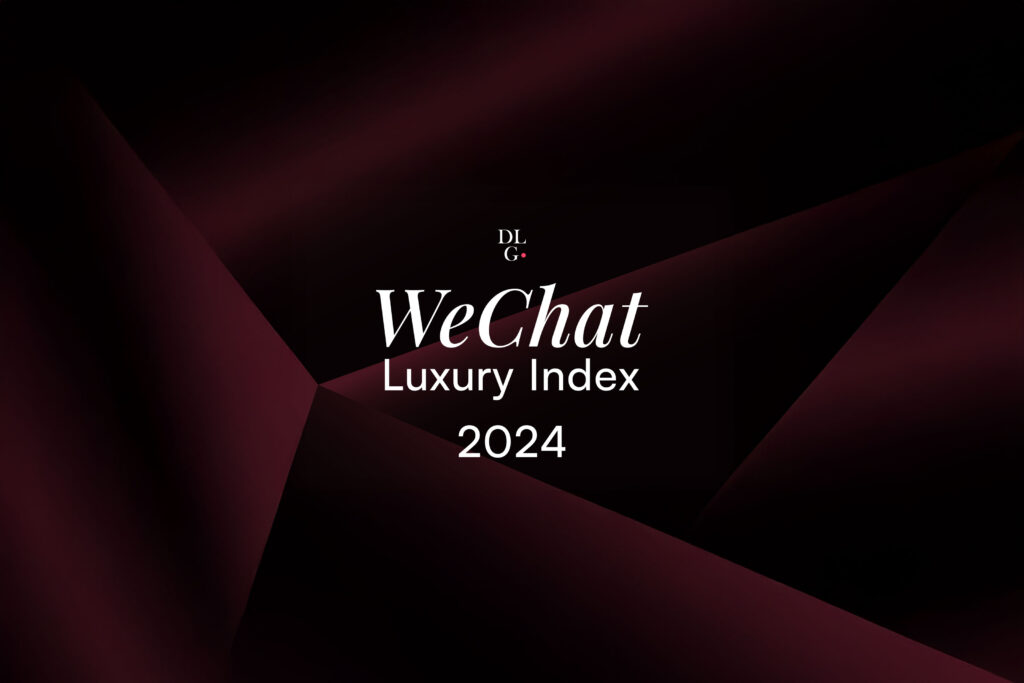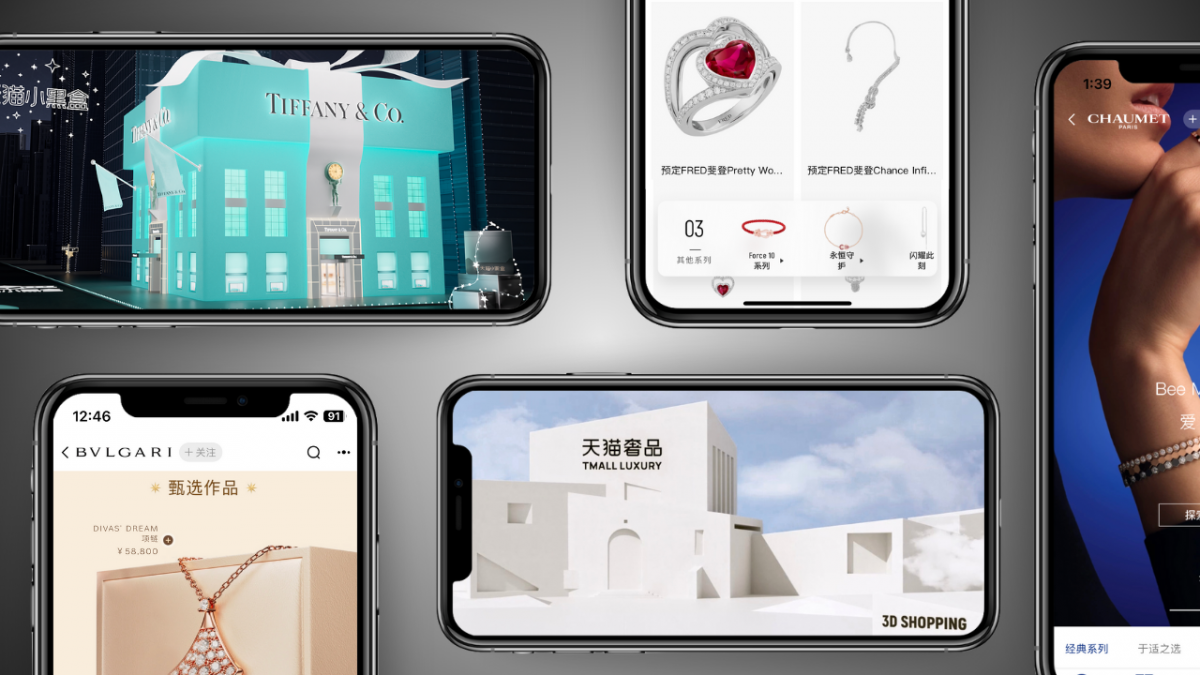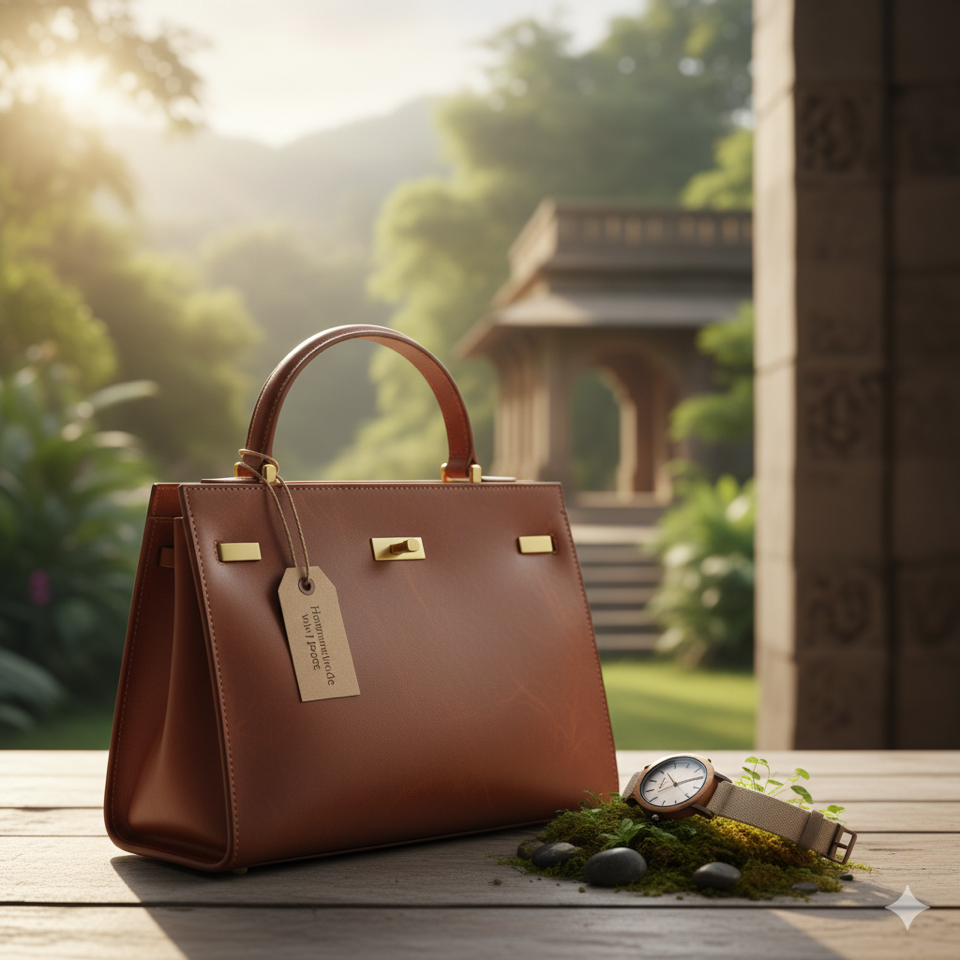The weakening value of the Japanese yen has boosted the number of tourists on the country’s soil, notably from China. This has helped balance out Japan’s sluggish economy.

The weakening value of the Japanese yen has boosted the number of tourists on the country’s soil, notably from China. This has helped balance out Japan’s sluggish economy.
With some of the highest incomes in Asia Pacific, Japanese consumers continue to enjoy respectable purchasing power. However, weak or non-existent growth across a range of income and spending indicators among other economic and political headwinds has brought about a largely sluggish luxury goods market which, valued at US$32 billion (in real terms) in 2016, remain the world’s third largest luxury goods market after the US and China, accounting for just over 8% of all global sales.
Much in line with its luxury goods market, the Japanese economy overall continues to be the world’s third largest in US$ terms, but has similarly been growing at a sluggish pace. The economy is expected to perform better in 2017, but the risks to this growth come from its ageing and diminishing population, which could cause labour shortages and place further pressure on its already bloated public finances in the long term. Conversely, lower oil prices have had a positive impact on the country’s external balances.
These economic factors, coupled with Japan’s ageing population and changing consumer lifestyles, could have far-reaching implications for the performance of the country’s luxury market in the short to medium term.
A weak yen attracts international shoppers
In recent years Japan has receives an unprecedented surge in its number of inbound tourists. The annual target of 20 million tourists visiting Japan by 2020 as set by the government in 2014, had already been exceeded by October 2016, according to the Japan National Tourism Organisation. This represents an increase of over 23% compared to the same period in 2015, and the record-high figure have been achieved since 2014 for three consecutive years.
Indeed, international tourism flows shed more light on what is really happening in Japans luxury market. Specifically, according to Euromonitor International latest travel data 24 million international tourists visited Japan in 2016, with 27 million already expected by the end of the year. Collectively they spent almost 5 trillion yen. It is a huge jump from only 5 years earlier when 8.3 million visitors arrived in the country.
The big increase in international tourism arrivals was related to the weakening value of the Japanese yen. In particular, middle class Asian tourists started eyeing up Japan as a comparatively cheap place to shop and go on holiday. Furthermore, for Mainland Chinese shoppers, Tokyo remains an attractive alternative to Hong Kong where widespread civil unrest had taken the shine off the city’s formerly glitzy shopping districts. In fact, Japan saw the strongest increase in growth of arrivals from Mainland China in the last 5 years to 2017, with a CAGR of 54%, amounting to an additional six million Chinese arrivals thanks to simplifying the visa process and the weak yen. Flying time from Shanghai to Tokyo is only 2 hours 40 minutes, after all. So, it is also an easy weekend trip.
Of the 5 trillion yen spent by international tourists in Japan last year, an estimated 1.4 trillion got channelled into shopping. Of that amount, a big chunk would have gone specifically into luxury goods, everything from luxury accessories to pieces of fine art. This apparent upturn in tourism spending maps out with Euromonitor International’s latest data.
Ageing affluent consumers are recession proof
However, whilst international tourism has been a driving force behind Japans luxury sales, it is important to keep in mind that a big proportion of Japan’s affluent classes are older consumers, and they are much more recession-proof and, by implication, less bothered by the shaky economy than their younger counterparts. Indeed, Japan has one of the oldest demographics in the world, with more than a quarter of the population currently over 65 years old.
Japan’s ageing demographic profile is reflected in the distribution of gross income in the country: As a share of persons with an annual gross income of US$150,000+ (i.e. the top income band), the age group 40-44 is predominant. Nevertheless, by 2030, people aged 45-49 will account for the largest share of the top income band (due to the country’s ageing demographics), which will support demand for luxury goods and high-end services.
Japanese luxury consumers are in general highly demanding, give great importance to quality and brand, and are willing to pay considerably more for value-added goods and services. However, the recent weak performance of the Japanese economy, coupled with evolving preferences and the irruption of e-commerce, is prompting a growing number of consumers (especially of younger generations) to focus more on price in their purchasing decisions.










